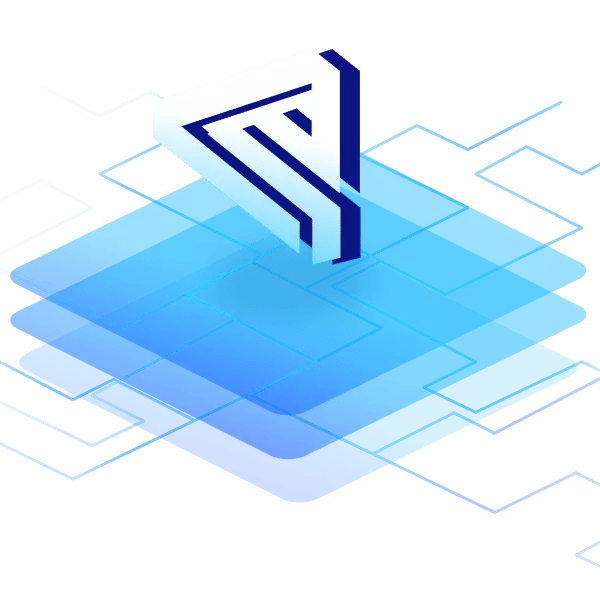Android began to evolve into a broader operating system that began to replace traditional PCs for some tasks. One disadvantage Android had over PCs was the inability to connect various peripherals. Android Things was a vision to make smartphones compatible with a range of electronic devices. The plan was to release Android Things as a way to connect gadgets running Android OS. Although Google has withdrawn from Android Things, emteria.OS is eager to present itself as an alternative to Android Things.
What does Android Things mean?
As a variety of gadgets are being integrated into the modern computing world, Android Things was Google's attempt to enter the race. Mainly with embedded systems that focus on the smart home space controlled by the end-user. Like everything else developed within the Android Open Source Project (AOSP), Android Things should be user-friendly and highly customizable. Users who have an Android OS phone can easily connect to various devices via Bluetooth or WiFi. These can range from a simple light switch to electronic devices connected to an embedded system to enable control functions. Data accumulation and connectivity are the main benefits of this additional structure.
Many sensors and IoT devices have been integrated into the programmable boards that require less computing power and development. End users could program these boards like Raspberry Pi to connect to a range of sensors for different purposes. The possibilities were endless. Android Things focused on devices, that are not smartphones. These included televisions, accessories like smartwatches, and more.
The expansion plan was also supported by various non-Android platforms. Samsung developed the Tizen operating system for its smart TVs, but used Android Things-based Smart Things to communicate with its LED TVs through its smartphones. Many features were limited to Samsung smartphones, but basic Smart Things was available in the Google Play Store regardless of phone brand.
What is Android Things?
Android Things is a new IoT platform that allows developers and end-users to build devices using Android APIs and services. It includes the support library, which provides APIs to help anyone integrate with sensors, actuators, switches, and cloud services.
Embedded systems are usually composed of sensors and actuators. Sensors gather information from the system, while actuators manipulate the variables in some way. The most obvious example of a smart device is a smart lock that has one sensor (a camera) and one actuator (a servo motor). This combination can be integrated with a biometric verification system that can operate remotely. Health-related machines are especially beneficial in the world of social distancing and pandemics. Other examples include smart lights, switches, surveillance drones, drone cluster light shows, and many more.
Smart TVs are already connected to the Internet, so we can consider them as part of the Internet of Things ecosystem. Even though they are not limited by hardware constraints, such as battery life or processing power, they still have a common problem: how do I build an ecosystem to make the TV inclusive in the Android ecosystem like that of Apple. Android Things was also seen as the approach to creating, and wholesome domain for user needs like that of Apple. Apple users can have their iPhones, Macbooks, and Apple TV all synced without much effort in terms of data sharing and connectivity.
Embedded boards are all around us: energy meters, remote controls, toys, etc. These devices all run some kind of embedded operating system that allows them to perform their tasks efficiently and reliably. Android Things tried to include the embedded system isolated devices into the Android ecosystem. Android Things is also an embedded OS (embedded Android) that is a special version of Android meant for devices that aren’t phones or tablets.
The OS is based on standard Android, but with some additional APIs and security features tuned for embedded use. That means it’s compatible with most Android apps, the majority of which are written in Java. This extension empowers developers to focus on the hardware of various smart devices rather than just developing apps for mobile phones.
Android Things enabled people to do just about anything:
- Remotely monitor and control devices from anywhere in the world. Possibilities in the smart home sector.
- Create a medical device that monitors health and transmits data to a phone or doctor's office. Again remote monitoring was one of the major applications in modern health care systems, especially in the days of pandemics.
- Create a smart-home device that can control appliances inside smart or conventional homes.
- Make a safety device that can call 911 with the push of a button. Home security systems that were customized to the user's needs.
How are Android Things different from Android?
Android Things is an extension of Android, meaning that most Android skills and knowledge are directly applicable to building apps for devices and embedded systems.
Android Things is application-driven: device makers configure the hardware platform, load and run the device app without user intervention, and manage software updates over-the-air (OTA) through Google Play.
The Android OS has a well-defined lifecycle for activities and services. When running on a phone or tablet, user activities and services can start and stop at any time when transitioning between foreground and background states.
Device apps on Android Things do not have this kind of lifecycle. They are started at boot time (as a foreground service) and have very limited control over their execution environment. It's like a smart device with just an on/off switch. The programs and execution of the task are predefined according to the program uploaded and the circuit built.
What were the benefits of Android Things?
The IoT platform was released by Google in December 2016. It was built on top of the AOSP, which meant that developers could use all the existing Android APIs and tools if they wanted to build an app for a connected IoT device.
Android Things offered three main benefits:
User control: Many people have smart appliances and other devices in their homes, but they are often hard to control. They usually come with a remote or a simple mobile app that is hard to use and doesn't always work well. This can be frustrating for users. Android Things enabled developers to create powerful mobile apps that made it easy for users to control their appliances with a tap on the phone.
Smart appliances: Imagine being able to ask your refrigerator what supplies you need, your kitchen scales how many calories are in something you're eating, or the kettle how much water it contains? With IoT devices, this was possible. With Android Things, developers could create smart devices that were useful and easy to use.
Compact systems: With Android Things, you could build IoT systems with just a few components - including a Raspberry Pi or Intel Edison board for example - and connect them so they would communicate with each other over Wi-Fi or Bluetooth. These devices were not multi-tasking but could handle a singular task often just working on one data set collection or simple program execution.
What were the disadvantages of Android Things?
Android Things was designed to be secure. It was the first major IoT platform to embed Google’s Brillo in the operating system, and it had a direct connection to the Google Cloud Platform through its Weave protocol. Google also had partnerships with Intel and NXP, and they were working with other chipmakers to further improve security.
But security was a major concern. What Android Things did in this regard was difficult to communicate to potential customers; most of whom are not familiar with the complexities of OS security.
Another factor was the cost. When Android Things launched, their only supported development board was the Intel Edison, which cost $80. Then there were the development costs, which could be quite high depending on the project requirements.
Why did Google end Android Things?
There are two main reasons behind this decision: Security and popularity. First, Google has decided not to maintain the platform because it wasn't as popular as expected.
The second reason is related to security issues, with many device manufacturers failing to keep their hardware up-to-date with the latest updates for Android Things.
Conclusion
In December 2020, InfoQ published an article stating that Android Things is being discontinued. However, this is not the end. With emteria.OS, you can continue to use Android for your embedded use cases. The main advantages of emteria are: it is based on Android, it has the most convenient interface to configure over-the-air updates and it is available for a variety of different hardware architectures.
Build unique products, boost device performance
See why emteria is the chosen Android™ customization & management platform for OEM solution builders — and what it can do for your team and customers.







